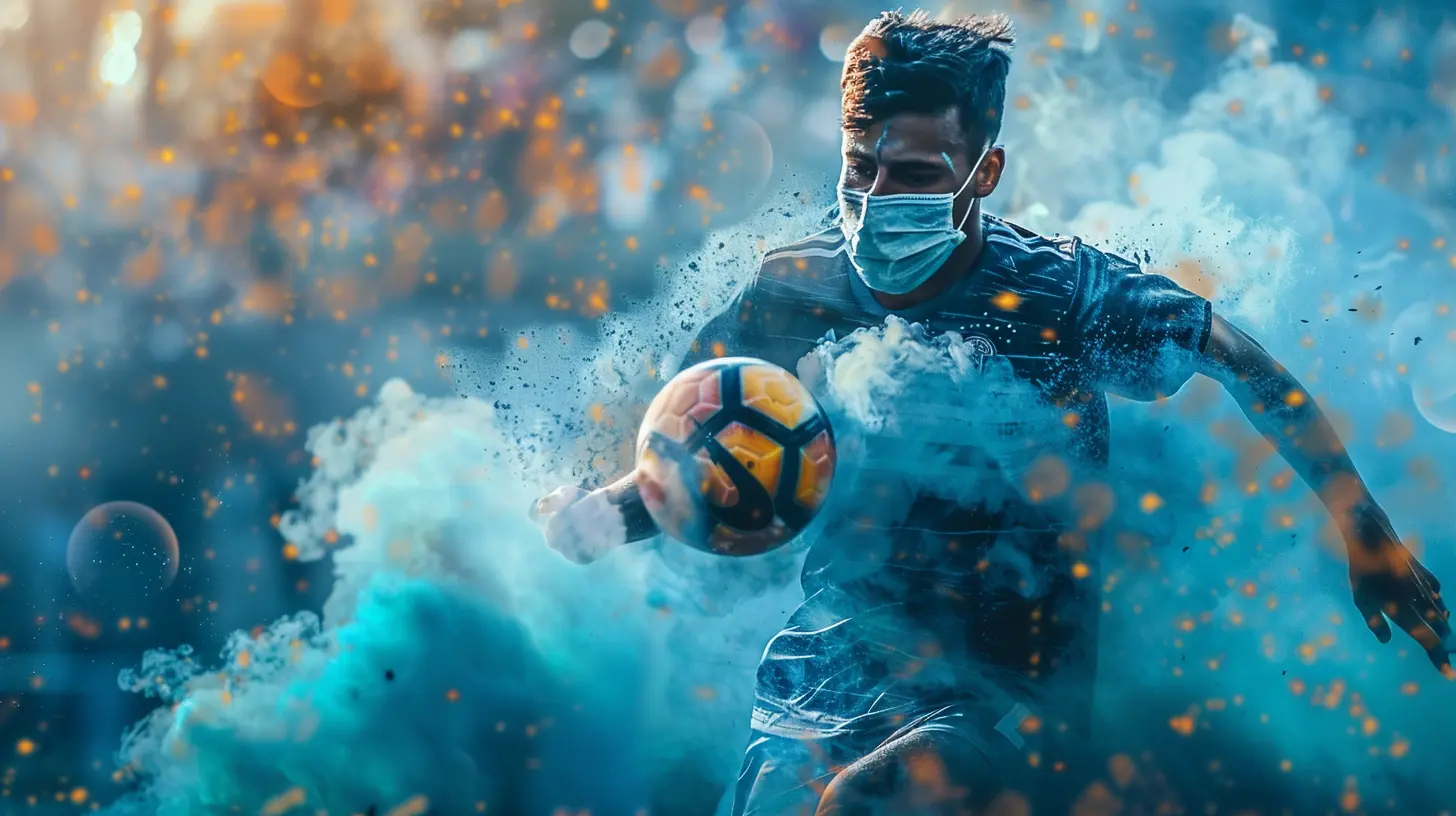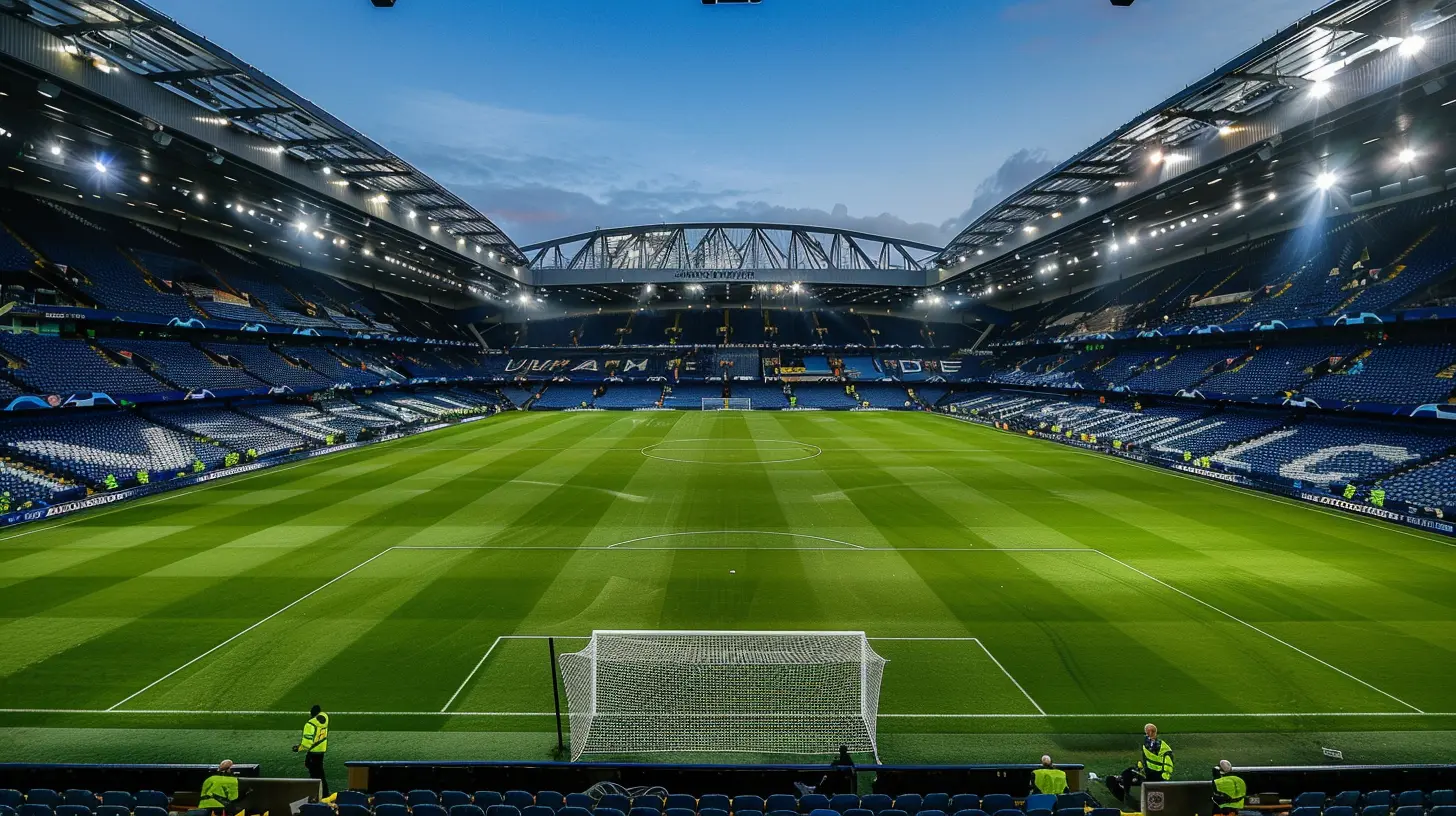How Transfer Windows Have Changed in the Post-Pandemic Era
23 August 2025
If you're a football fan like me, chances are transfer windows have always been one of the most exciting and nerve-racking times of the year. We stay glued to our phones, hunt Twitter rumors like modern-day investigators, and refresh our news feed 500 times a day, hoping to see our favorite club’s big signing finally get the “Here we go” treatment.
But let’s be honest – those transfer windows we’re seeing today? They’re not quite the same as before. The post-pandemic era has thrown a wild curveball at the footballing world, and it's reshaped the way clubs buy, sell, and loan players.
So grab your coffee (or something stronger, no judgment) and get comfy. Let’s dive deep into how transfer windows have changed in the post-pandemic era.
What Even Is a Transfer Window, Anyway?
Before we get into how things have shifted, let’s quickly cover the basics. A transfer window is a designated period during which football clubs can buy, sell, or loan players. There are typically two windows each season: one in the summer and one in the winter.Think of it like a very high-stakes version of shopping — except instead of groceries, clubs are splashing millions on players who might score the winning goal... or flop like a damp pancake.
Remember Pre-COVID Transfers? Yeah, Those Were Wild
Let’s take a trip down memory lane. Pre-pandemic transfers were basically football’s version of a Black Friday shopping spree. Clubs didn’t mind spending big bucks. Neymar’s move to PSG for €222 million? That was the norm for the upper-tier clubs. Money was flowing, stadiums were full, and broadcast revenues were booming.The transfer market was inflated, and wages were off the charts. If your club needed a striker, they’d just sign one—even if he cost a small country’s GDP.
But then, 2020 came along.
COVID Changed Everything Overnight
When the pandemic hit, football—like the rest of the world—hit pause.Matches were canceled. Stadiums sat eerily empty. Revenue streams dried up faster than a puddle in the desert. Suddenly, even the mighty clubs were tightening their belts.
Billionaires were still rich, sure. But football economics are more fragile than they look. Without ticket sales, merchandise income, and full-bore broadcasting rights, clubs found themselves in a cash crunch. That had a direct and massive impact on how they approached transfers.
Just like how many of us rethought luxury purchases during tough times, clubs had to recalibrate their spending strategies.
The Rise of Free Transfers and Loans
So, what’s changed the most? Easy answer: the way clubs now rely on free transfers and loans.Instead of spending $50 million on a new midfielder, clubs began eyeing up players whose contracts were about to expire. Why spend big when you can wait a few months and sign them for free?
We saw big names like Lionel Messi leave Barcelona on a free transfer to PSG. That would’ve been unthinkable just a few years earlier.
Loans also became incredibly popular. It’s like renting a car instead of buying one — clubs used them as a smart, short-term fix without the financial commitment. This strategy helped balance the books while keeping things competitive on the pitch.
Smart Shopping Is the New Normal
You know how during tough times, you start checking price tags a little more closely? Same with clubs. Instead of flashy panic buys, recruitment has become more calculated.We’re now seeing clubs invest in data analytics and scouting more than ever before. They’re trying to uncover hidden gems — players who might not cost a lot now but could blossom into stars down the road.
Clubs like Brighton and Brentford have mastered this. They’re turning smart scouting into an art form — finding undervalued talent, developing them, and then selling them for a profit. It’s Moneyball meets the Premier League.
Youth Academies Are Taking Center Stage
Another big shift? Youth academies are finally getting the love they deserve.With less cash to throw around, clubs are turning to their own backyards. Instead of spending millions on an international star, they’re giving homegrown players a chance to prove their worth.
And the results? Pretty impressive. Clubs like Barcelona, Ajax, and Chelsea have always had strong academies, but now even mid-table teams are investing heavily in developing young talent.
It’s not just about saving money, either. Fans love seeing one of their own climb the ranks and shine. It brings a sense of connection and pride that a €60 million signing just can’t replicate.
Contract Negotiations Got Trickier
You might think that during a crisis, players would be more willing to accept reduced terms. Sometimes, yes. But not always.The post-pandemic era has made contract talks messier than ever. Players want job security in uncertain times — longer deals, better guarantees, performance bonuses. Meanwhile, clubs are trying to limit long-term commitments in case finances dip again.
This push-pull has led to more drama behind the scenes. Players walking away. Clubs letting contracts run down. More agents stepping into the spotlight. It’s a complicated dance now — with a lot more risk involved on both sides.
The Gap Between the Rich and the Rest Is Growing
Let’s address the elephant in the room here.While some clubs are watching every penny, others are still spending like they’ve never heard of a budget. I’m looking at you, Manchester City, PSG, and Chelsea.
Why? Because certain clubs are owned by mega-rich investors or backed by corporations that weren’t hit as hard by the pandemic. They still have the resources to outbid everyone and offer eye-watering wages.
This has made the playing field even more uneven. Smaller clubs simply can’t compete. The rich are getting richer — and it’s becoming painfully obvious during transfer windows.
Fans Are More Involved Than Ever
Another big shift? Fans are now part of the transfer conversation — big time.With more access to social media, scouting tools, and online forums, fans are becoming incredibly savvy. They break down player stats, track rumors, and even pressure clubs to act.
And in some cases? It works! Supporters now have more influence than ever before, and clubs are listening. A strong fan movement can sway a board’s decision, especially when emotions run high.
You could say fans have become the unofficial “Director of Football” in the digital age.
International Transfers? More Complicated Now
Remember when players could jump between countries without too much hassle?Well, add in pandemic-related travel restrictions, quarantine rules, and ever-evolving immigration laws, and you’ve got yourself a logistical nightmare.
Scouting internationally has become more difficult. Clubs are more cautious when it comes to global signings because of the uncertainty involved.
Add to that Brexit's impact on UK clubs, and suddenly, signing that promising 18-year-old from South America isn’t as straightforward as it used to be.
The Psychological Game: Player Mentality Matters More
Here’s something that often flies under the radar — how the pandemic affected players mentally.Isolation, uncertainty, and the pressure to perform under strange, crowd-less conditions took a toll. Some players struggled, and it reflected in their form and market value.
Now, clubs are paying closer attention to a player's mental health and adaptability before signing them. Being talented isn’t enough. The mental side of the game matters more than ever, and clubs are investing in psychology and personal development programs because of it.
Emerging Markets Are Gaining Ground
Finally, let’s talk about the rise of “non-traditional” footballing regions. The Middle East and the USA, in particular, have made waves in recent transfer windows.Post-pandemic, more players are considering moves to Saudi Arabia, MLS, and even the Chinese Super League, not just for money but also stability and lifestyle.
These emerging leagues are offering serious cash and better infrastructure than ever before — and players are paying attention. It's adding a new layer of complexity and opportunity to the global transfer market.
Final Thoughts: Welcome to the New Era
So yeah, the transfer window isn’t just about flashy headlines and dramatic unveilings anymore. It’s evolved into a smarter, more cautious, and often more human process.In the post-pandemic world, football transfers have become less about flexing financial muscles and more about surviving, adapting, and planning for the long haul.
The glamour might be toned down a bit, but there’s something refreshing about this new approach. We’re seeing smarter decisions, more faith in youth, and maybe — just maybe — a return to what the beautiful game is all about.
So next time you see your club pass on a big-money signing, don’t freak out. They might just be playing the long game. And in today’s world? That’s exactly what’s needed.
all images in this post were generated using AI tools
Category:
Transfer NewsAuthor:

Onyx Frye
Discussion
rate this article
1 comments
Zethryn McGrady
The post-pandemic transfer windows have ushered in unprecedented changes, with clubs adapting to financial constraints and altered player valuations. This new landscape emphasizes strategic acquisitions and youth development, reshaping team dynamics and long-term planning in unexpected ways.
September 16, 2025 at 11:48 AM

Onyx Frye
Thank you for your insightful comment! The post-pandemic transfer landscape indeed highlights the importance of strategic planning and youth development as clubs navigate financial challenges and evolving player markets.


